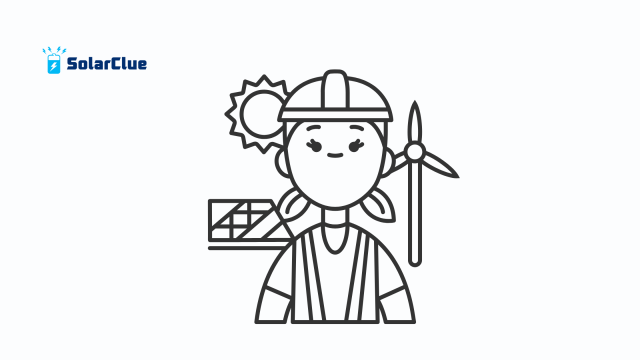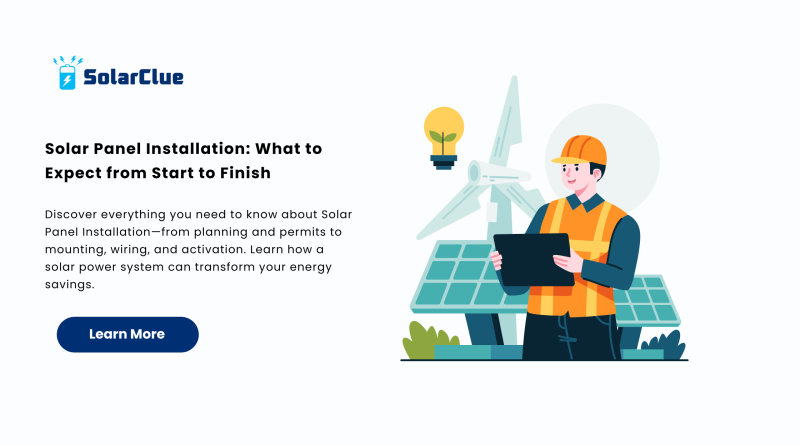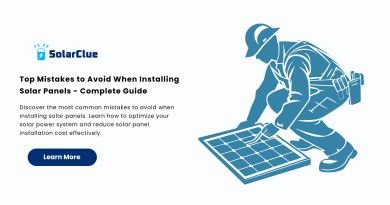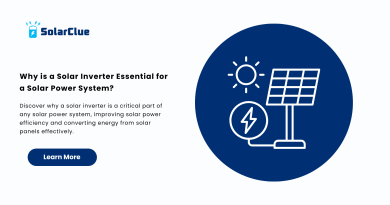Solar Panel Installation: What to Expect from Start to Finish
Switching to solar energy is an exciting step toward reducing electricity bills, lowering your carbon footprint, and achieving energy independence. But if you’re considering a solar panel installation for the first time, you might be wondering what the process involves. From choosing the right solar power system to final activation, knowing what to expect will make your journey smooth and stress-free.
Table of Contents
Understanding the Solar Panel Installation Process
Installing a solar panel system is not just about placing panels on your roof—it’s a strategic process that involves site assessment, design, permitting, installation, and connection to the grid. Here’s how it unfolds step-by-step.
Step 1: Initial Consultation and Site Assessment
Your journey starts with a professional consultation. A solar installer will visit your property to evaluate roof condition, orientation, and shading. They’ll also review your electricity bills to determine the size of solar power system you need.
Step 2: System Design and Proposal
Based on your assessment, the installer designs a customized layout. This includes selecting the right solar panel type, inverter technology, and battery storage (if required). You’ll receive a proposal detailing system size, estimated production, costs, and savings.
Step 3: Permits and Paperwork
Before your solar panel installation begins, permits from local authorities and approvals from your utility company are required. Your installer typically handles this step, ensuring compliance with building codes and energy regulations.
Step 4: Ordering Equipment
Once paperwork is approved, your installer orders the solar panels, inverters, and mounting hardware. Choosing high-quality components ensures your solar power system operates efficiently for decades.
Step 5: Installation Day
The actual solar panel installation can take 1–3 days depending on system size. Installers mount the panels, connect wiring, and set up the inverter. For safety and longevity, they ensure all components are weatherproof and securely fastened.
Step 6: Inspection and Grid Connection
After installation, a government or utility inspector verifies the system’s safety and compliance. Once approved, your installer connects the system to the grid. If you have net metering, any excess energy your solar power system generates will earn you credits.
Step 7: Activation and Monitoring
Your installer will guide you through the activation process and explain how to monitor your system’s performance using a mobile app or online portal. This helps you track daily energy generation and detect potential issues early.

Factors Affecting Solar Panel Installation
Roof Condition and Orientation
A south-facing roof with minimal shading is ideal. However, east- or west-facing roofs can also work with the right design.
Type of Solar Panels
Monocrystalline panels offer high efficiency, while polycrystalline panels are more budget-friendly. Thin-film options are lightweight and flexible, suitable for certain roof types.
Installation Costs
The price of solar panel installation varies based on system size, location, and equipment quality. Government incentives and subsidies can significantly lower upfront costs.
Weather and Timeframe
Weather conditions can impact installation schedules. It’s best to plan during dry seasons for faster completion.
Benefits of Solar Panel Installation
-
Lower Energy Bills – Generate free electricity and reduce monthly expenses.
-
Environmental Impact – A solar power system reduces your carbon footprint.
-
Energy Independence – Produce your own power and rely less on the grid.
-
Increased Property Value – Homes with solar panel systems often sell faster and for more.
Maintenance After Installation
A well-installed solar panel system requires minimal maintenance. Regular cleaning, monitoring, and occasional inspections keep it performing at peak efficiency for decades.
FAQs
Q1: How long does a solar panel installation take?
Typically, it takes 1–3 days for the physical installation after permits are approved.
Q2: Do solar panels work during power outages?
Grid-tied systems shut down during outages for safety, but with battery storage, you can still have power.
Q3: How long do solar panels last?
Most quality solar panels last 25–30 years with proper maintenance.
Q4: Will my roof be damaged during installation?
Professional installers ensure the mounting process is secure and leak-proof, protecting your roof.
Q5: Can I install solar panels myself?
DIY is possible but not recommended due to safety risks and warranty concerns.
Switching to solar is a decision that pays off for years to come. Now that you know what to expect from a solar panel installation, you’re ready to make an informed choice. If you’re looking for expert guidance, visit solarclue.com or explore in-depth solar insights at blog.solarclue.com today. Your journey to clean, renewable energy starts here!




